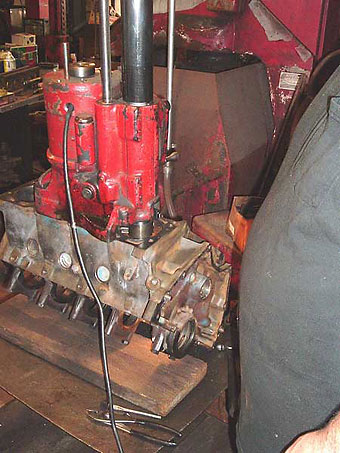70sublime340
Well-Known Member
Call me crazy but has anyone changed their rings without pulling the engine? I'm just not setup to yank a motor at the moment and its bailing smoke. Changed stem seals with no change. Dry compression test shows about 80-90psi, while wet is north of 140psi. Also when using a compressor to put air into the cylinders they will not hold anything. It goes straight to the crank case. Worse part is this engine has less than 2k on it. Obviously the guy who built it didn't do something right. So any input on changing the rings without yanking he engine is appreciated. I also have an extra set of hands to get under the car and guide the rods into the crank. Thanks!!!


















